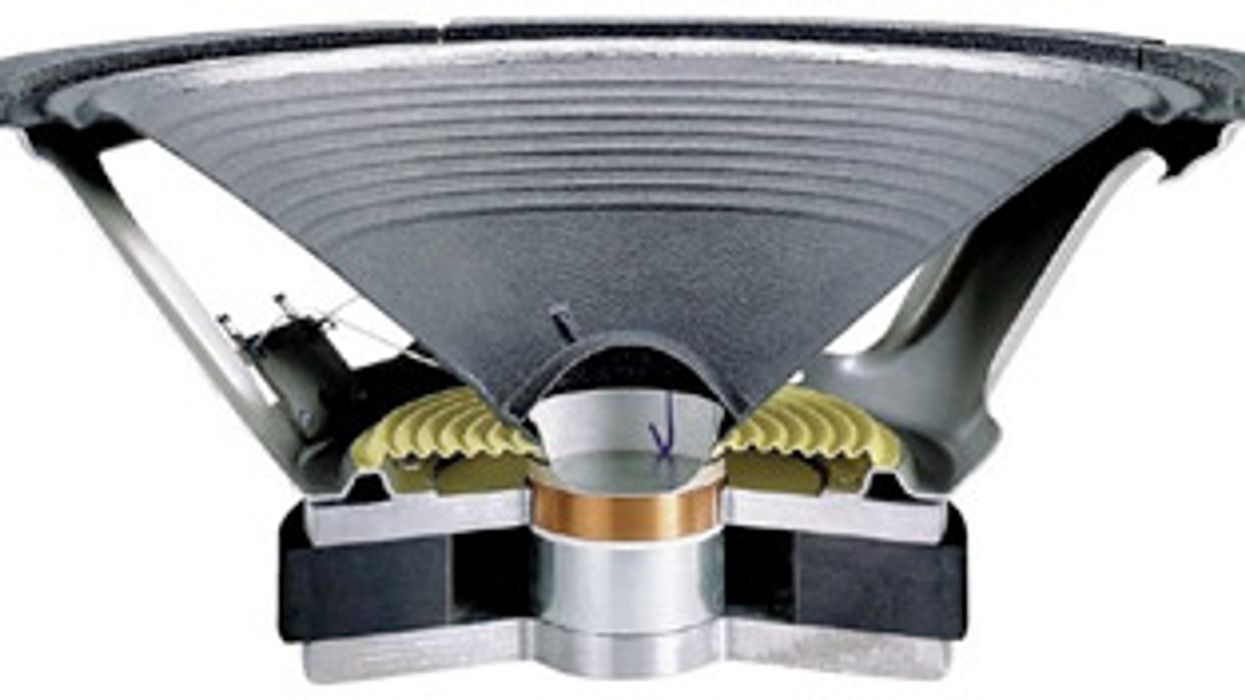Search
Latest Stories
Start your day right!
Get latest updates and insights delivered to your inbox.
speaker-discussion-distortion-good-bad-understanding-loud-important-gear-happens-trick-tube-amplifer-watt-specs-power-rating-breakup
Don’t Miss Out
Get the latest updates and insights delivered to your inbox.
Recent
load more
